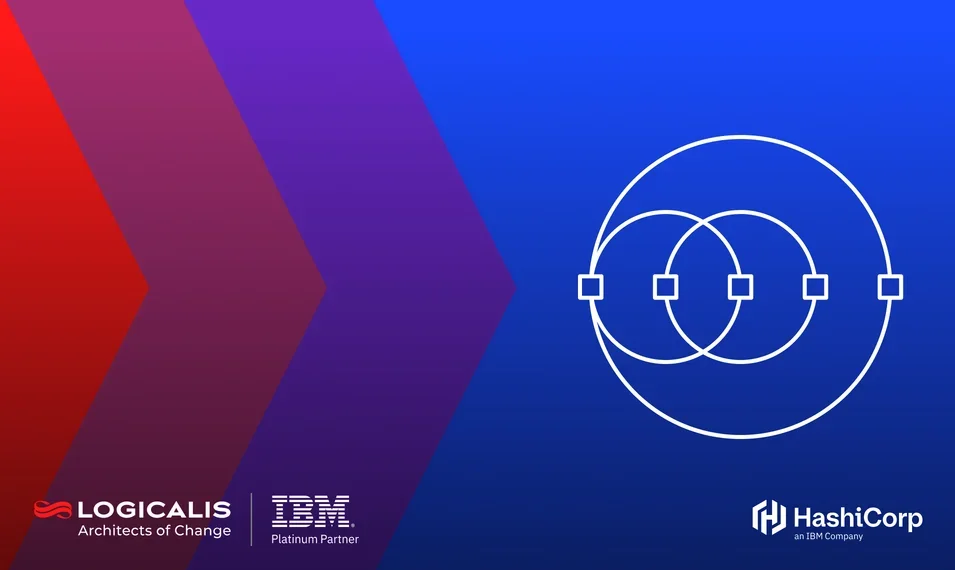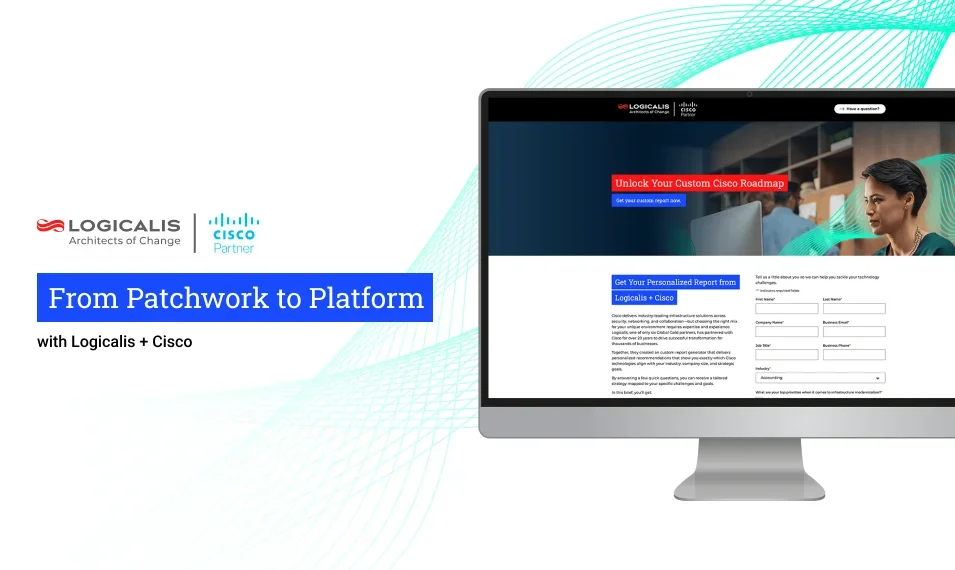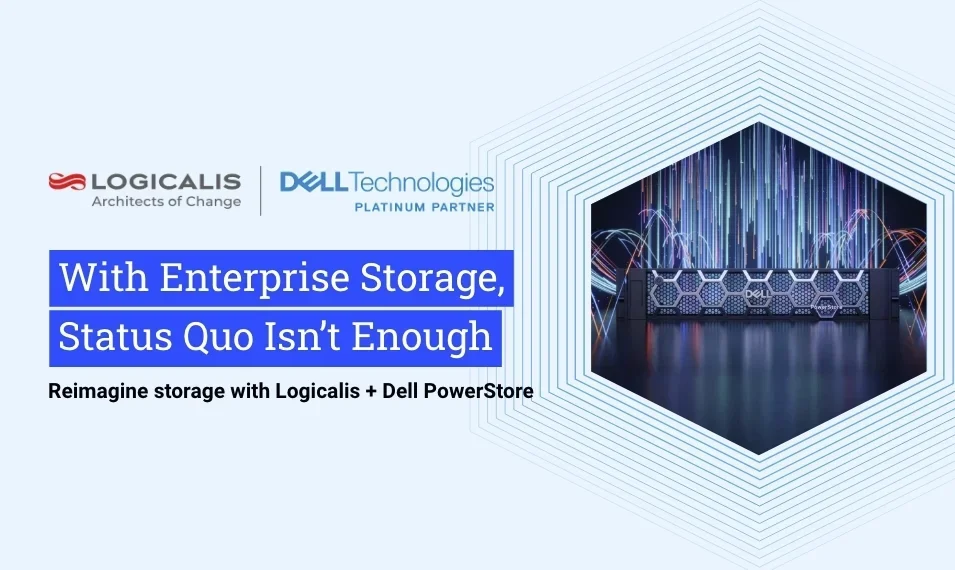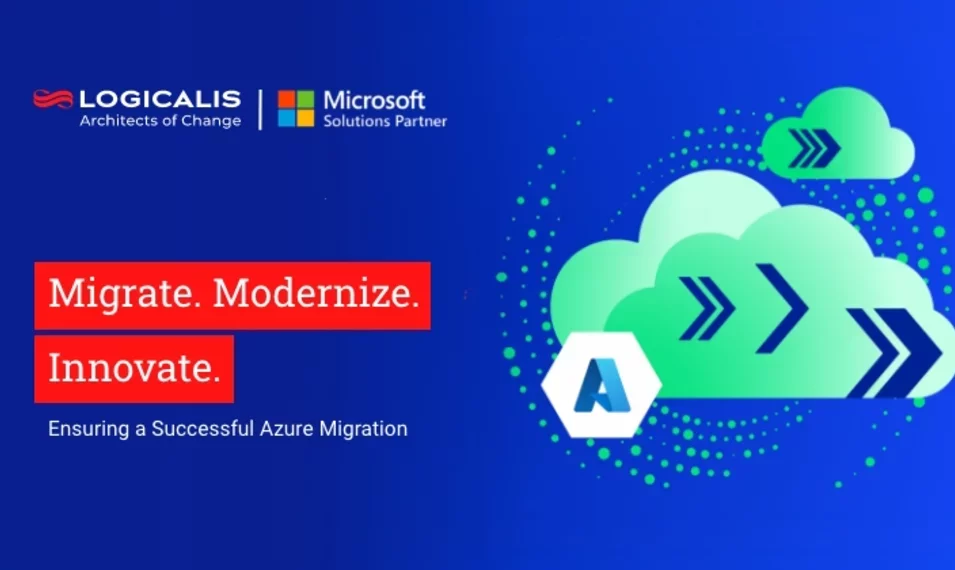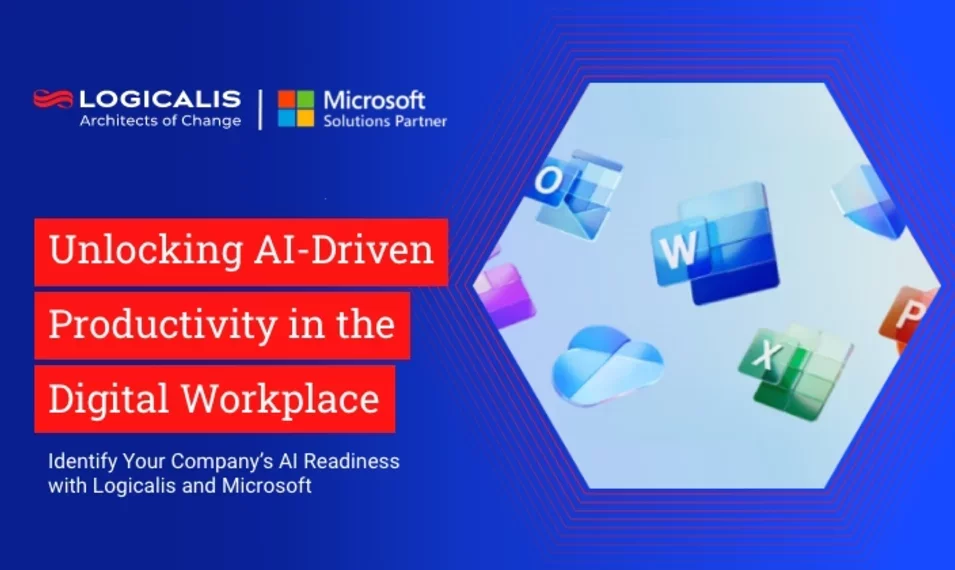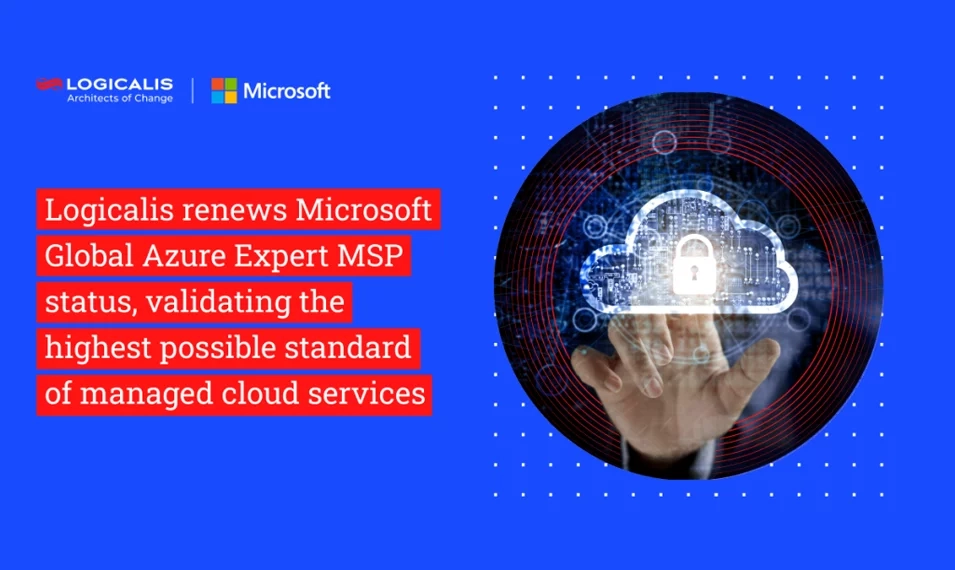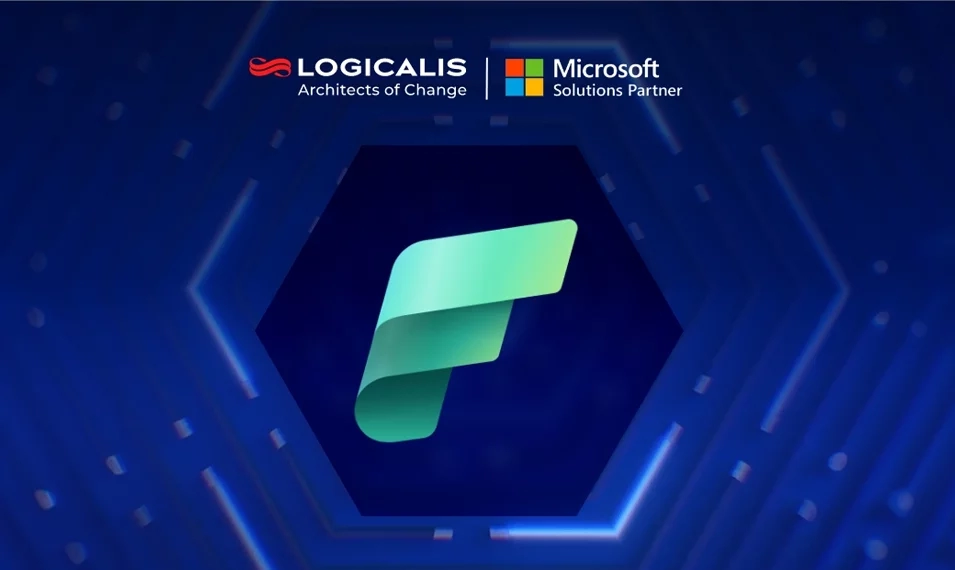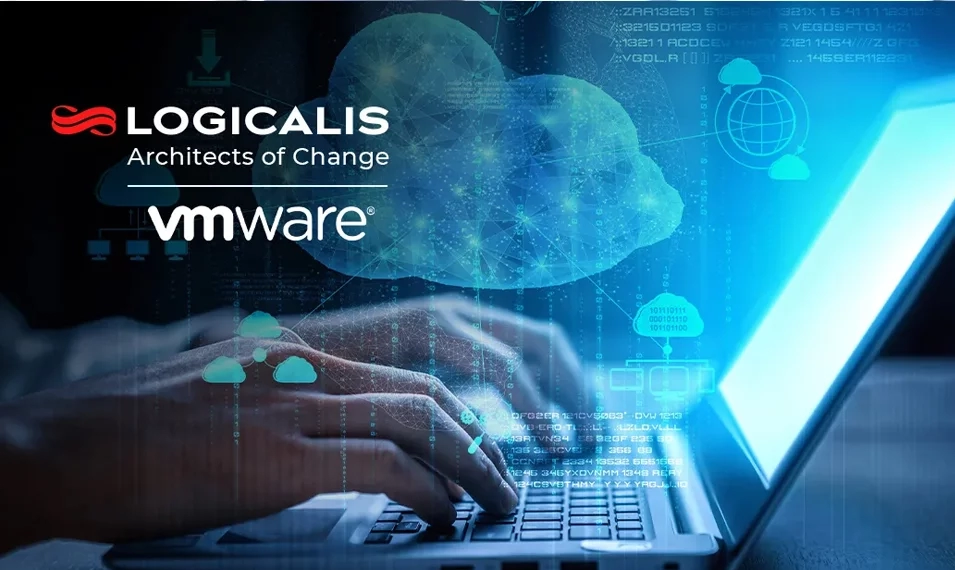
USA, Oct 3, 2025
Even though many of today’s organizations are still in the early days of AI, there’s a noticeable shift from experimenting with AI to integrating AI into their overall business strategies. In fact, the most successful organizations are leaving a pilot-by-pilot approach behind in favor of an overall enterprise-level vision.
Instead of just adopting new technology, though, these organizations seek transformative change. In other words, they’re re-thinking how their organizations run. And they’re starting to build the infrastructures and processes needed to realize meaningful value from their AI implementations.
Those that achieve positive business gains will need to overcome challenges, starting with a clear strategy and a solid data infrastructure. The conversation, however, must start with security and governance.
Positive business gains with AI
According to a recent EY AI Pulse Survey, “organizations that commit 5% or more of their total budget toward AI investments continue to see higher rates of positive returns than those spending less than 5%.” More importantly, compared to the previous six months, those returns continue to increase with leaders reporting increased positive ROI.

Still, there are challenges to deploying AI that must be overcome.
AI implementation challenges
In addition to addressing the dearth of available AI skills, organizations must have a clearly defined strategy with measurable metrics, along with a solid data infrastructure and modernized systems.
- Lack a clear strategy: Organizations without a cohesive AI strategy that aligns with business goals will fail to achieve their AI objectives. To be successful, take the time needed to define your overall AI strategy.
- Lack a solid data infrastructure: Many organizations have fragmented or dirty data, which hinders AI initiatives. In fact, two-thirds of U.S. senior business leaders say that a lack of a solid data infrastructure is actively holding back AI adoption, and 83% said their organization’s AI adoption would be faster if they had a stronger data infrastructure, according to EY. For successful AI implementations, organizations must build a solid data foundation that prioritizes data governance.
- Lack measurable ROI: A lack of clearly defined metrics to track return on investment continues to tank a significant number of AI deployments. To be successful, organizations must define key performance indicators (KPIs) that truly measure business impact.
- Lack modern systems: Finally (and this is huge), it is much more difficult to cleanly integrate AI with outdated legacy systems. To be successful, organizations must modernize their environment and/or adopt flexible, cloud-based AI solutions.
Security and governance considerations for AI readiness
We cannot overstate the critical importance of security and governance in all AI deployments. Here are some considerations:
- Start with security and governance: It’s important to understand where your data resides and how it’s protected, especially with off-the-shelf AI solutions. Every AI deployment conversation, therefore, should start with security and governance.
- Improve data integrity: Data classification tools like Microsoft Purview can be an important part of cleaning and classifying data and building AI-ready infrastructures.
- Understand the risks: Understand the risks of uploading sensitive organizational data to public language models—or find a partner who can help guide you through the process.
3 key AI deployment models
For most organizations, there are three key AI deployment models:
- Off-the-shelf: This model supports deployment of generative AI solutions, such as Microsoft Copilot®, Google Gemini, OpenAI ChatGPT, and others. While these are relatively easy to implement, they do require additional security and governance measures.
- BYO in the cloud: This model focuses on building and deploying applications directly within public cloud environments, leveraging native cloud services and constructs for scalability, resilience, and integration. Organizations can also run their vendor’s AI software inside their own cloud tenancy, ensuring alignment with cloud-native principles. This approach delivers the operational efficiency of a managed service while maintaining the control, security, and compliance of a self-hosted solution, making it ideal for organizations with stringent data governance, regulatory, or privacy requirements.
- BYO on premises: Here, organizations use their own hardware and data center infrastructure to deploy, run, and manage AI applications, often with software from a third-party vendor. This approach gives the organization complete control over its data and computing resources.
AI readiness with Logicalis
Once you’ve established your business justification and defined the project, Logicalis supports your AI readiness with a modern infrastructure—server, storage, and network environments—with appropriate security and governance to support AI workloads. We offer multiple AI deployment models, along with a process for guiding you through security and governance considerations during AI adoption. In essence, we treat AI as another workload with enhanced requirements.
In addition, Logicalis offers significant expertise in global advisory cybersecurity and managed security operations—services with improved pricing that make it more accessible for small and mid-sized businesses.
Through an “Art of the Possible” workshop, Logicalis can demonstrate common use cases, help ready your organization for an AI deployment, and then assist with license procurement and security deployment.
Cases in point: Real-world AI deployments by Logicalis
- BYO in the cloud: Logicalis migrated data from an on-premises mainframe to Azure Data Lake, then developed a new application using Azure Functions to mine the data, enabling the client to decommission their mainframe.
- Off-the-shelf: Logicalis started with a workshop to demonstrate use cases for various business functions using Microsoft Copilot. We also helped with license procurement and optional security and governance enhancements.
- BYO on-premises: Logicalis provided hardware and vision software to enable real-time video analytics for a client's surveillance system, including features like facial and license plate recognition.
Realize your AI ambitions
After you’ve nailed down your strategy, schedule an “Art of the Possible” workshop where we’ll review your goals, strategy, and environment and help guide you through the process of your AI deployment.

